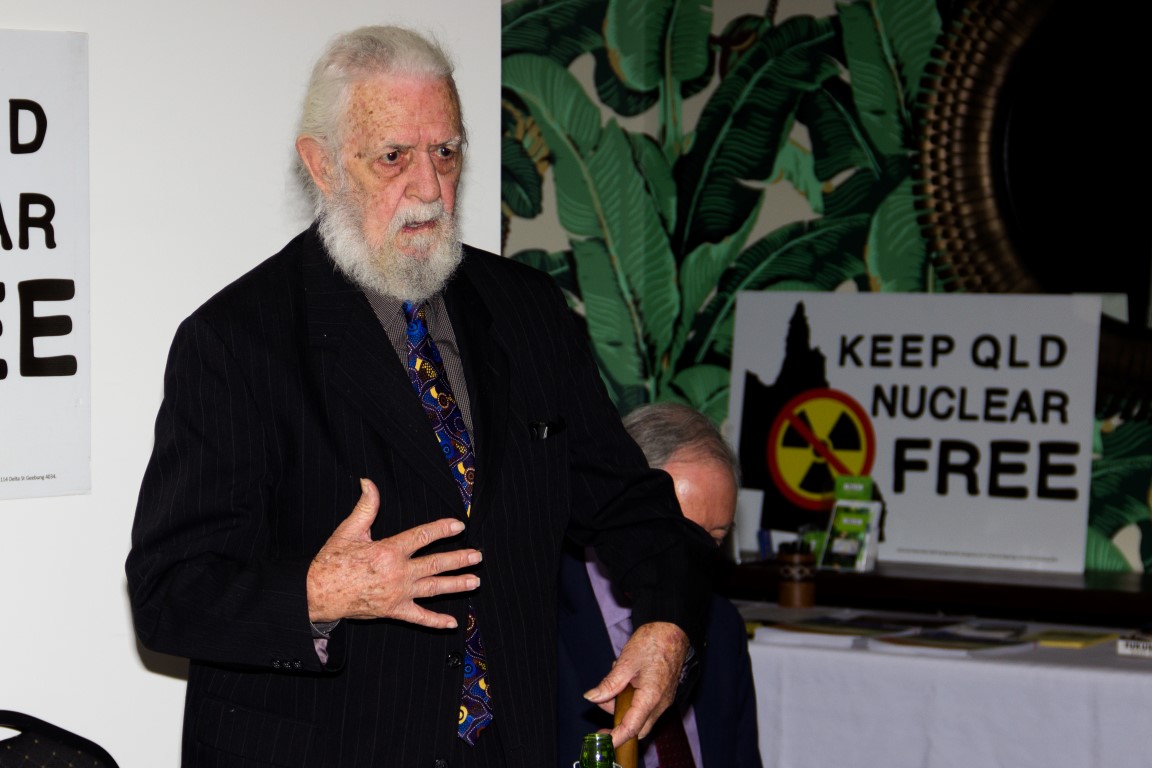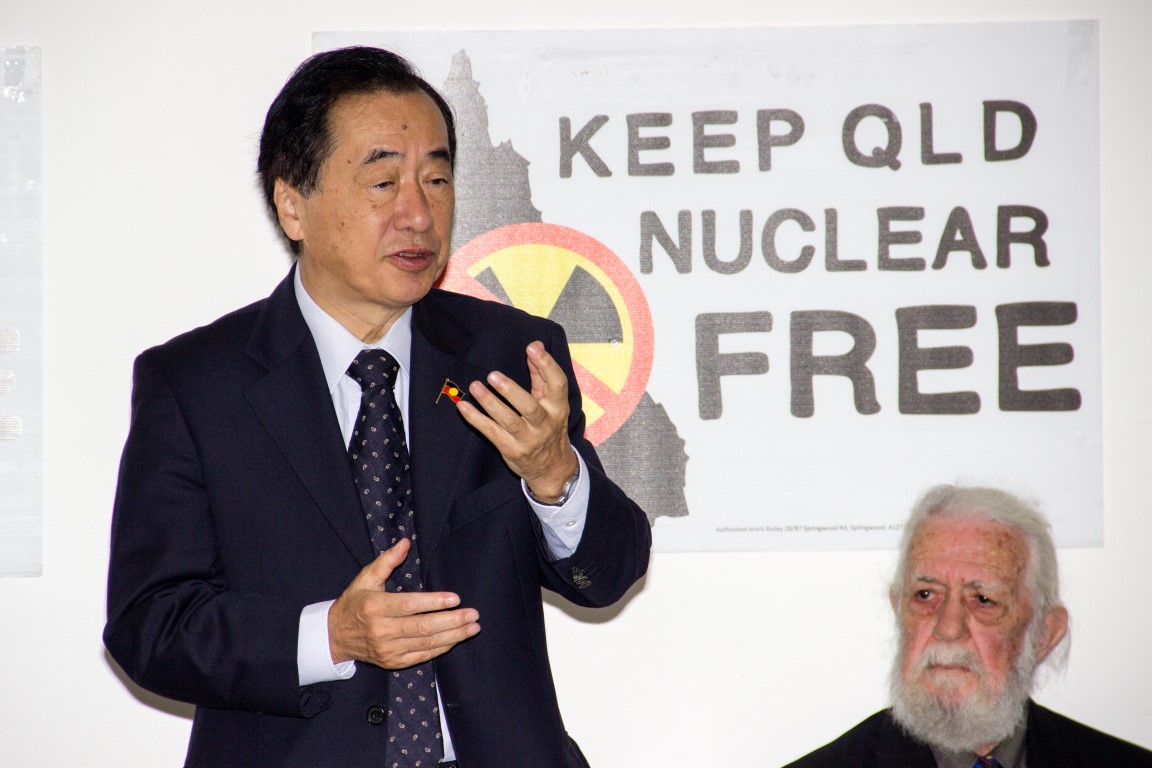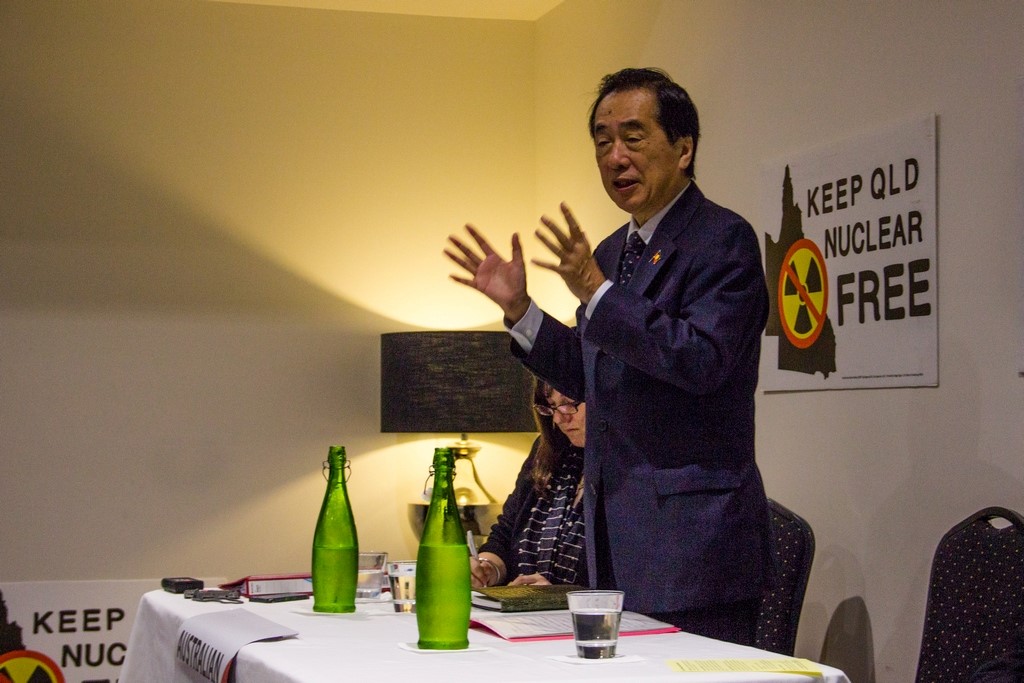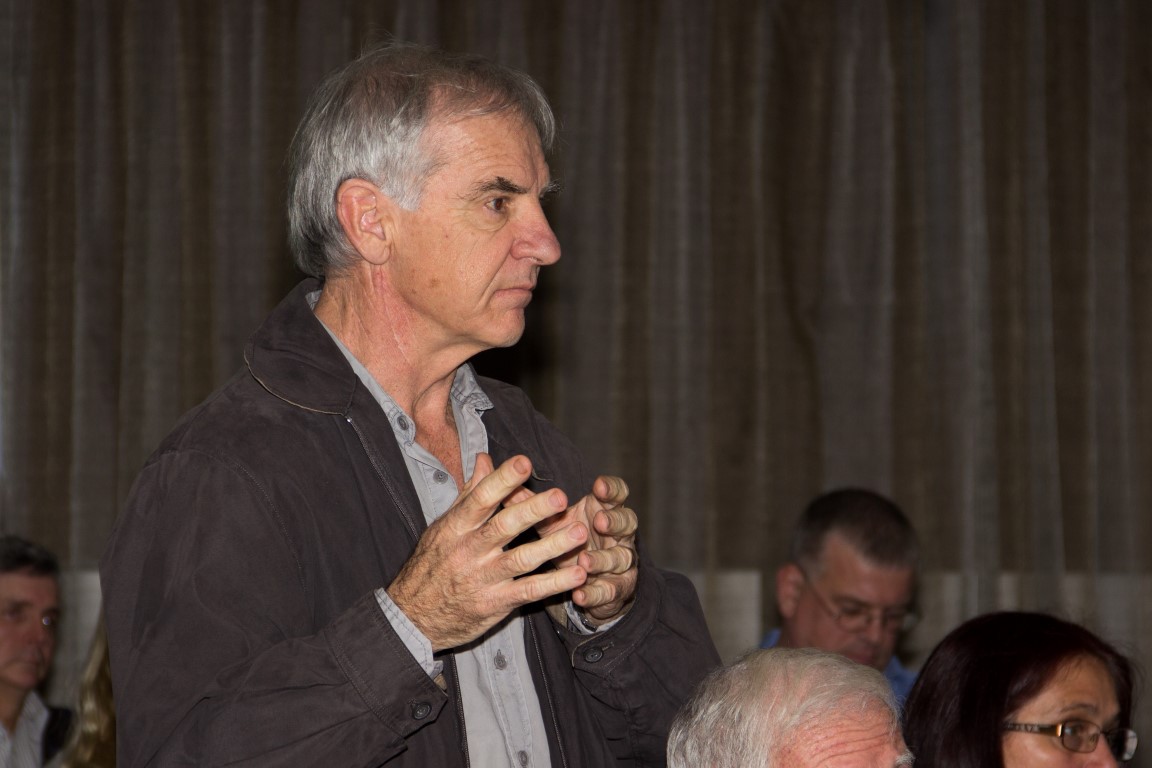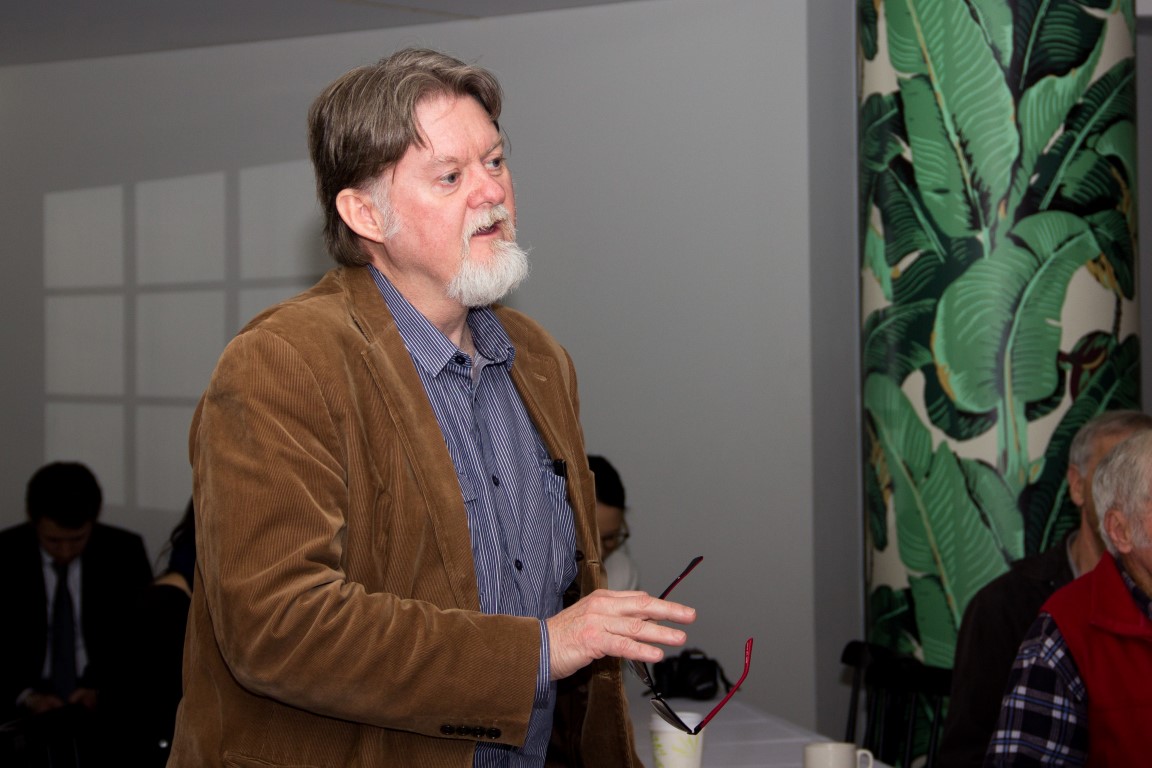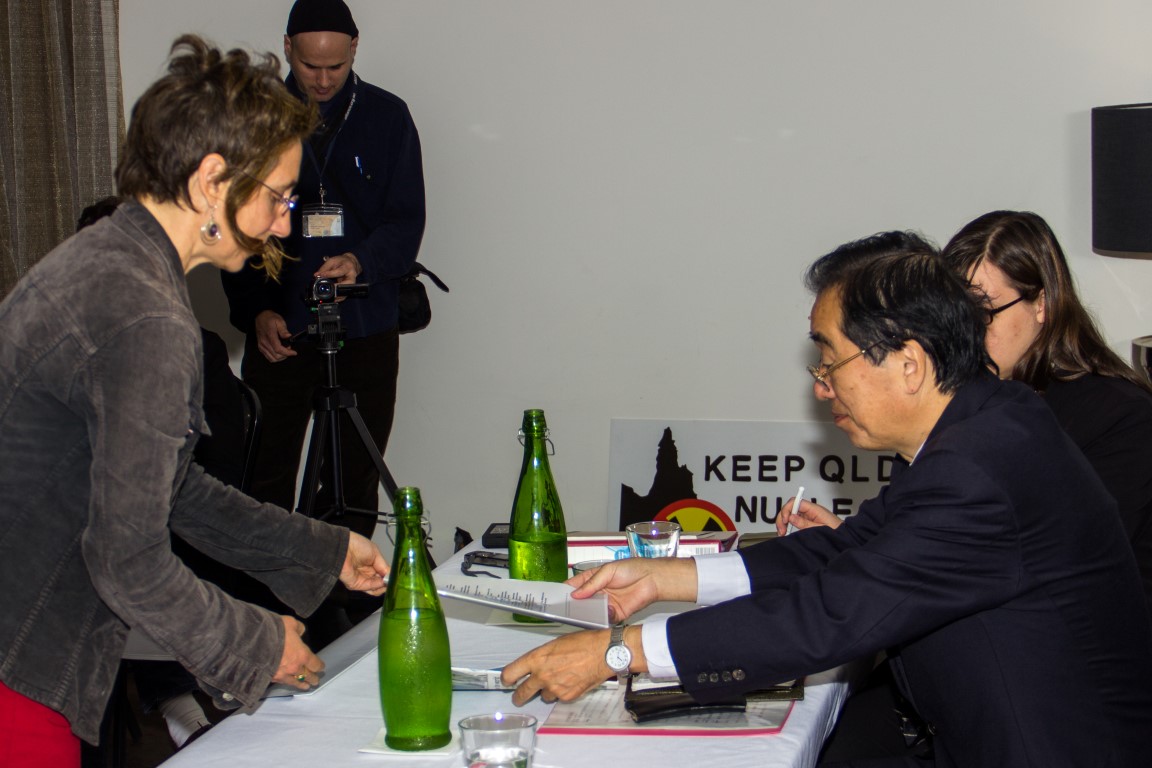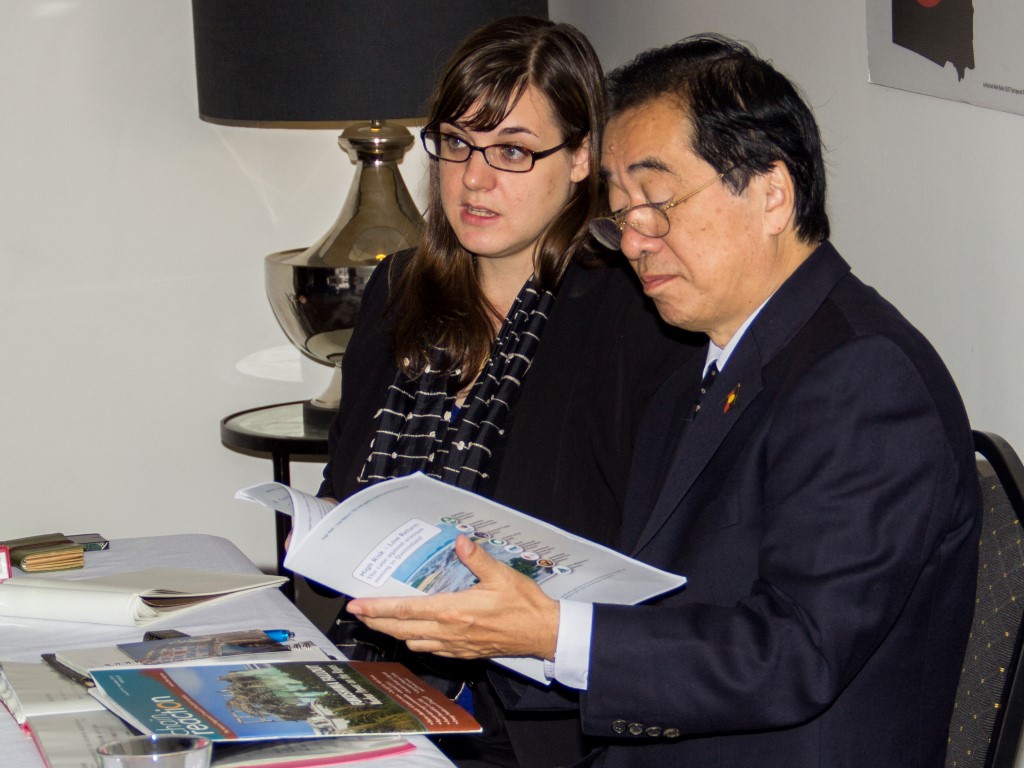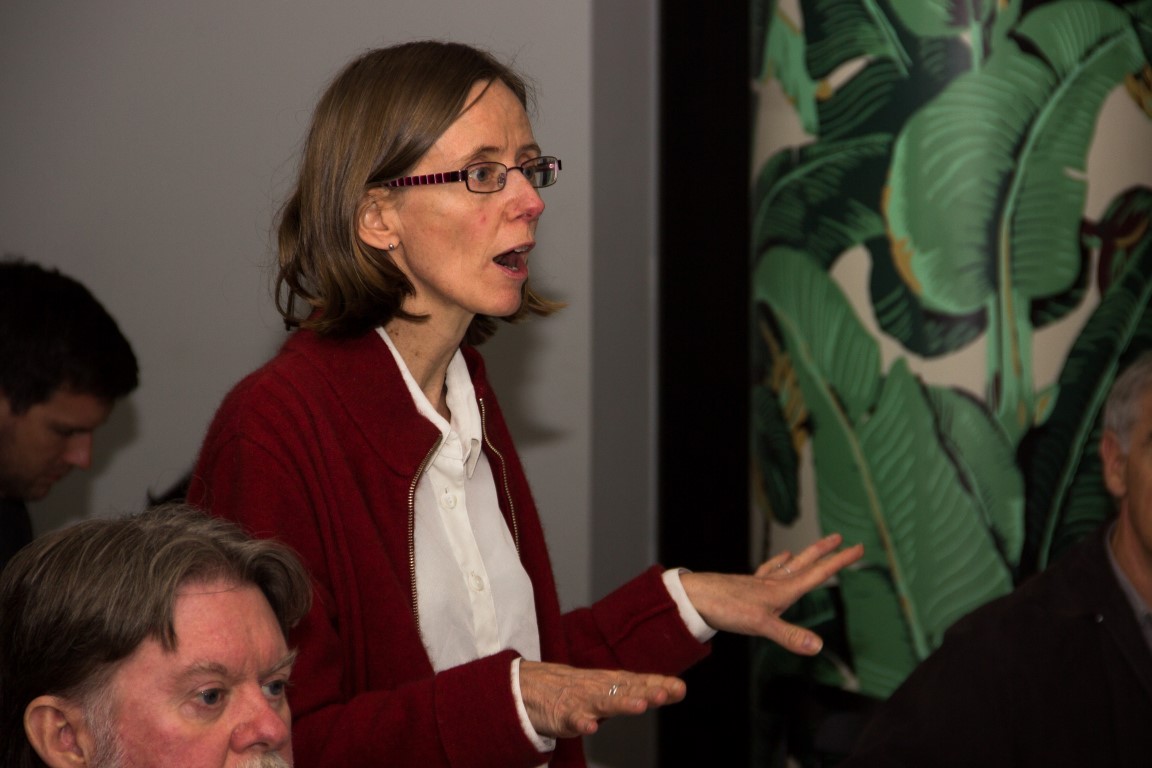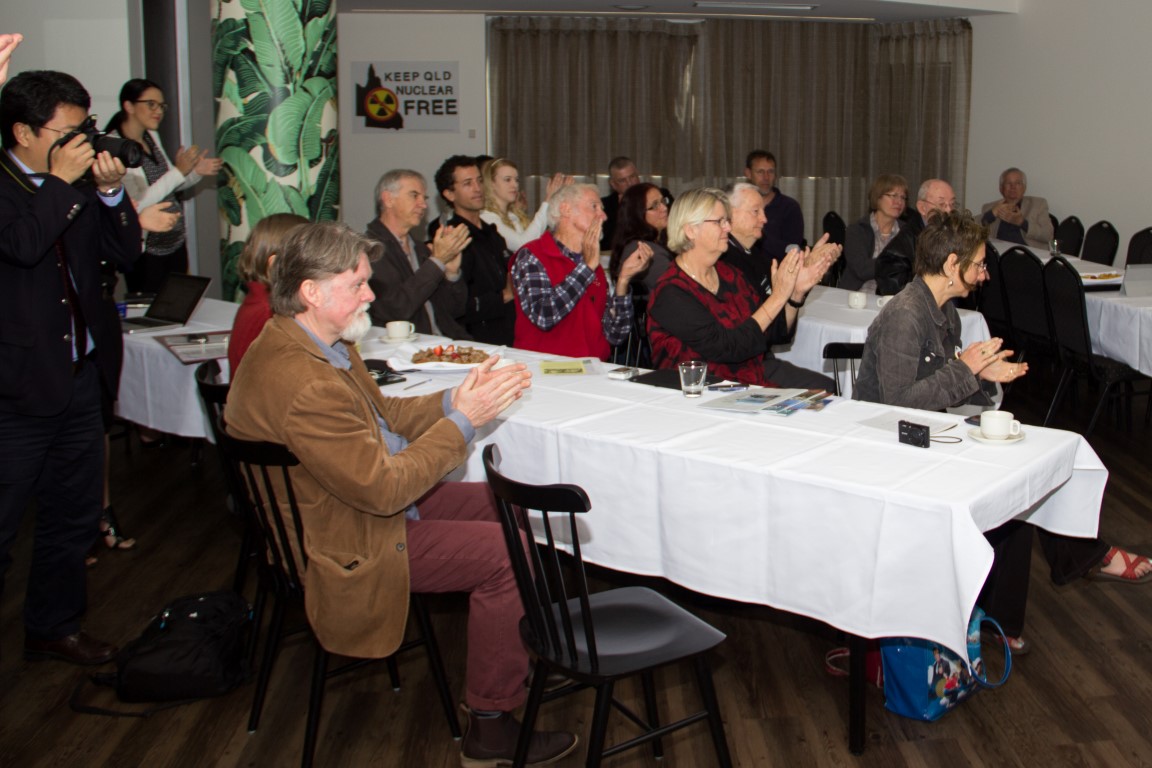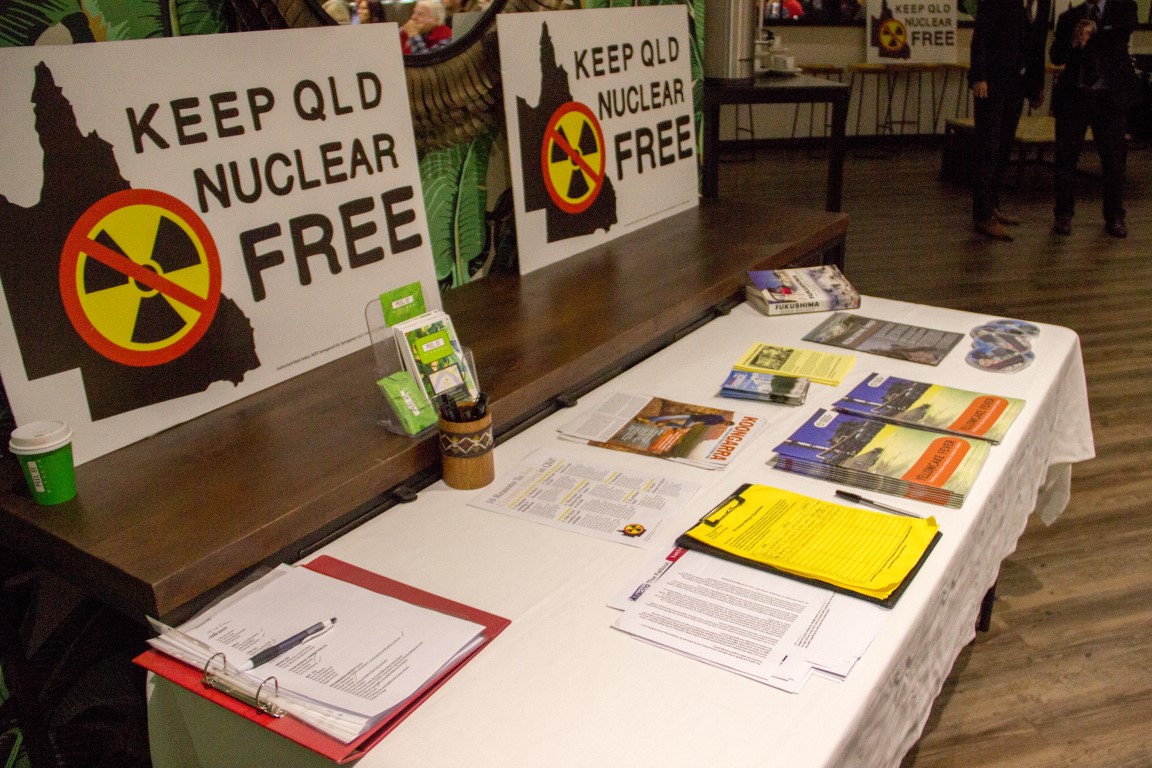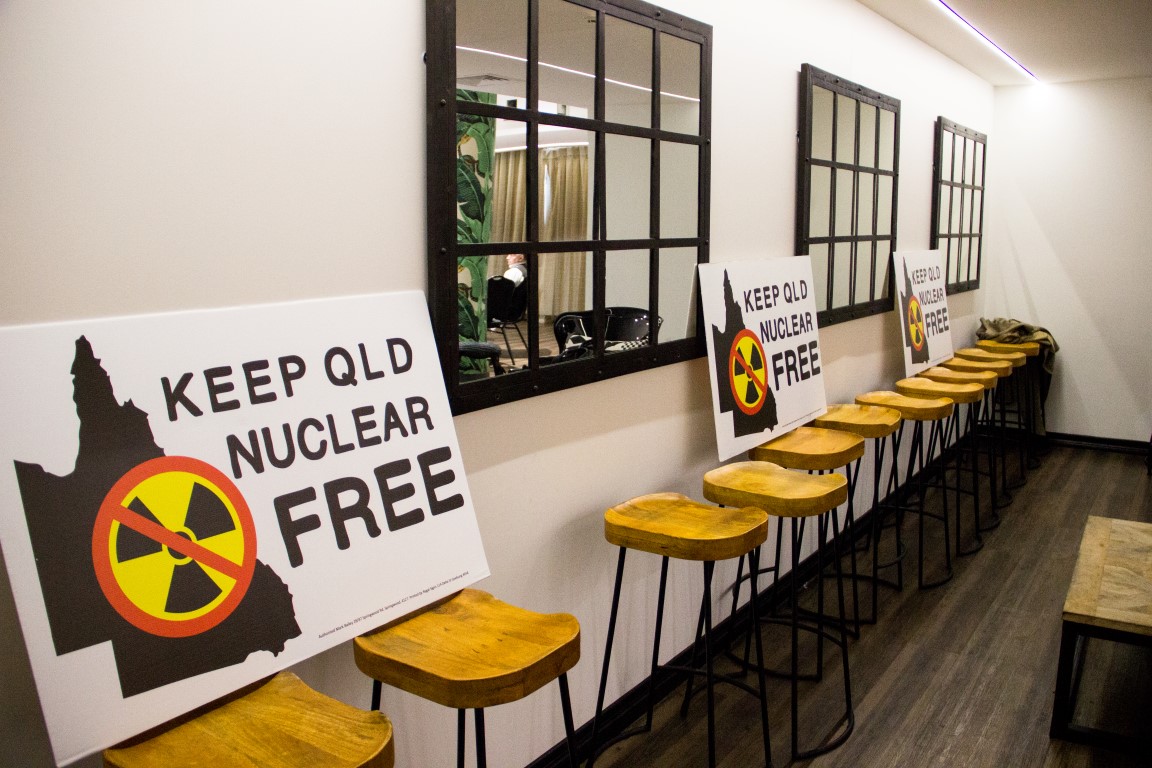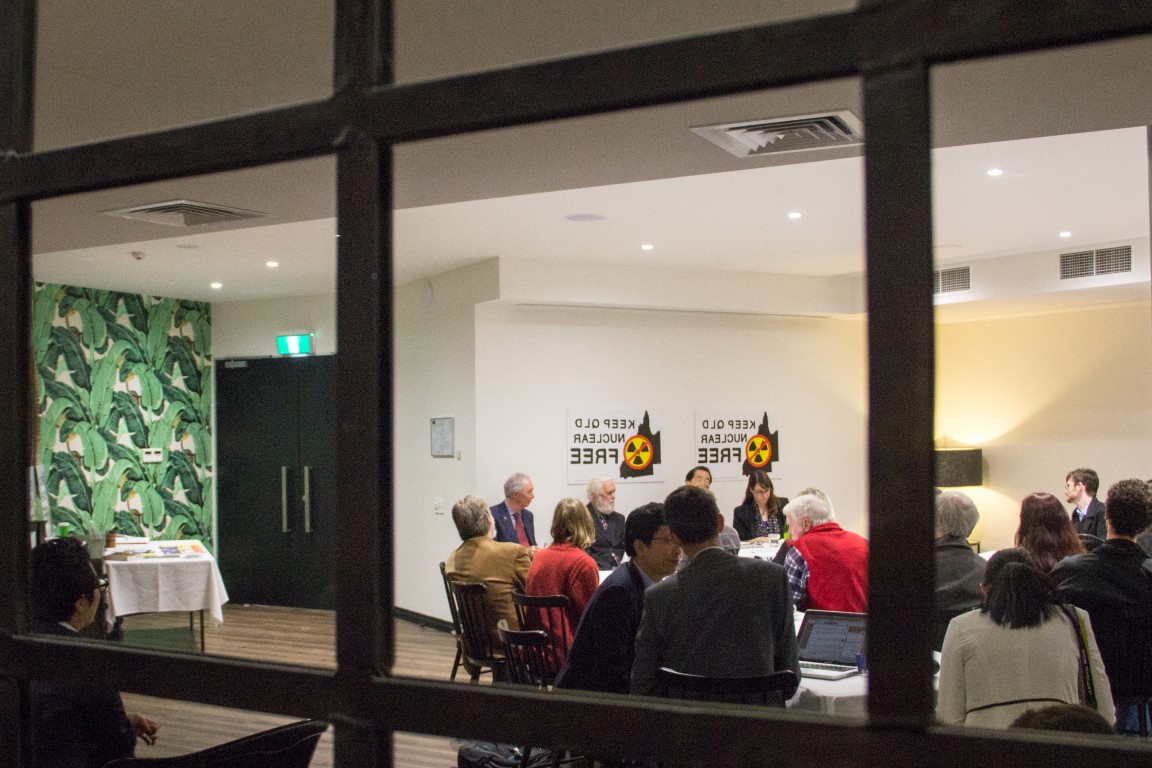The Australian government looks set to approve GMO Cholera vaccine trials on volunteers in Australia.
The cholera virus in the vaccine has been genetically modified to prevent it from damaging blood cells in the recipient, but still provide the immune response needed to develop immunity.
An initial concern has been whether the vaccine is being tested wholesale on cholera prone Indigenous communities – thus using them as guinea pigs. It doesn’t appear that that is the case. The vaccine is to be given to healthy volunteers (1000 participants) in drink form, and will not be sprayed or injected.
Testing areas throughout Australia include Queensland, South Australia, Western Australia and Victoria. In Australia, parts of Northern Australia are prone to cholera outbreaks, due to the wet and humid environment. However the point of testing in Australia and not in countries with more of a cholera problem is due to the low communal immunity to cholera in Australia. Any immunity that is developed in trial participants can then be attributed to the vaccine. This is even more evidence that the vaccine is not being tested on ‘Guinea Pigs’ in cholera prone areas, since efficacy would be difficult to gauge.
From The Office of the Gene Technology Regulator:
“This vaccine will not be sprayed into the environment;
It will be given as a drink to the volunteers willing to participate in the trial;
No decision has been made on the licence application;
Public comments on the risk assessment and risk management plan will be sought in late January 2014”
Office of the Gene Technology Regulator
The vaccine has been on the market before as Orochol, manufactured using the same process, but with different facilities – which therefore requires re-testing to ensure the new version retains the same safety profile as the previous. Orochol has been used around the world and is tested and well tolerated and safe. The GM method used for this vaccine was under development in the late 90’s and was commercialised around 2003.
Orochol, and the new vaccine being developed by PaxVax, are single dose vaccines which mean immunity is developed quickly (within 8 days) and can be used in disaster response. Current non-GMO double dose vaccines on the market can not be rolled out in response to outbreaks; hence Orochol and it’s derivatives stand to make a big difference to health of disaster survivors. Orochol has also been found to safe and effective for use on HIV infected people, and so is suitable for deployment in sub-Saharan Africa and for use with HIV infected individuals.
Formaldehyde
Formaldehyde is used in the manufacture of this vaccine, which prevents its use in people who are allergic to formaldehyde.
Some people are concerned about the use of formaldehyde in vaccines due to the poisonous and carcinogenic nature of the substance. Formaldehyde breaks down quickly in the body and does not accumulate. Short term exposure to small amounts of formaldehyde has no lasting or dangerous effects unless the recipient is allergic.
Long term exposure to formaldehyde is linked to cancer, so those at risk are the workers in the vaccine factories and those who handle formaldehyde during it’s use or transport.
The use of formaldehyde is regulated by National and State standards. The national occupational exposure standard:
“The current national occupational exposure standard for formaldehyde is 1 ppm 8-hour time-weighted average (TWA) and 2 ppm short-term exposure limit (STEL). The NICNAS report recommends that the occupational exposure standard be lowered to 0.3 ppm 8h TWA and 0.6 ppm STEL. Formaldehyde has been shown to cause nasal cancers in animals at levels not found in the majority of workplaces.
The basis for lowering the current exposure standard is sensory irritation. The recommended exposure standards not only provide adequate protection against discomfort of sensory irritation, but also provide a high level of protection against cancer. The recommended standard is being considered by the Office of the Australian Safety and Compensation Council, the national agency responsible for setting national occupational exposure standards.”
NICNAS Factsheet
The risk to a cholera vaccine taker from formaldehyde is limited due to it’s quick break down in the stomach and low toxicity in small doses. Of far more concern is the sustained exposure to formaldehyde in, for example, 2nd hand cigarette smoke, or indoor exposure in a carpeted room. Some plastics, nylon and other household items also emit formaldehyde.
Risks
Sister vaccines to that being proposed have been thoroughly tested and about 60,000 doses have been administered in the field with no issues arising. The primary concern of anti-gmo advocates seems to be whether the genetically modified organism can somehow pollute the host. There is no evidence that this is even possible. The GMO is not released into the wild and is only used in the vaccine itself, which is destroyed by the host body.
The small potential for problems needs to be weighed up against the advantage of a vaccine that is single dose, can be deployed in disaster areas as they happen to prevent the outbreak of cholera, that can be used in areas where HIV is prevalent and is safe for use in children.
Sources:
http://nsnbc.me/2013/11/18/australian-government-to-begin-gmo-cholera-vaccine-trials-on-citizens/
http://www.cancer.gov/cancertopics/factsheet/Risk/formaldehyde
http://toxicology.usu.edu/endnote/a2beeca34492f54429.pdf
http://www.atsdr.cdc.gov/phs/phs.asp?id=218&tid=39
http://www.fda.gov/biologicsbloodvaccines/scienceresearch/ucm349473.htm
http://www.ogtr.gov.au/internet/ogtr/publishing.nsf/Content/new-index-1
http://www.ncbi.nlm.nih.gov/pubmed/9615498
